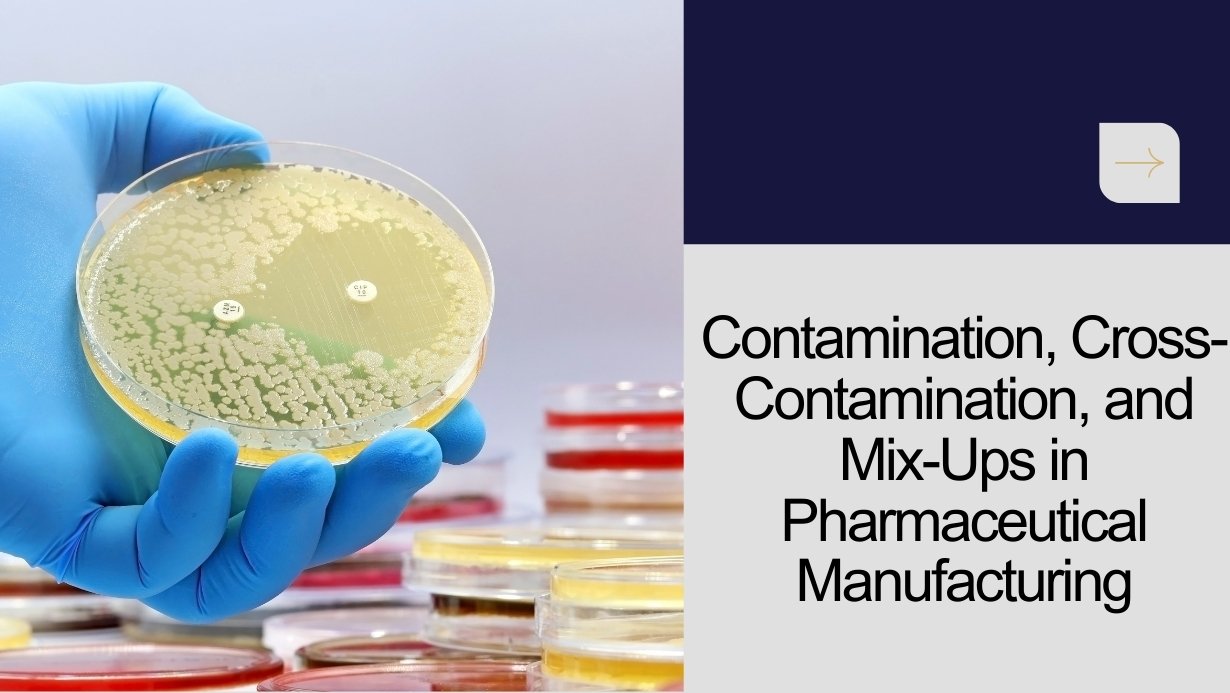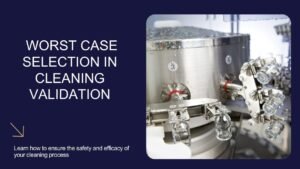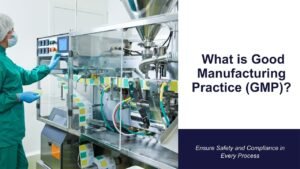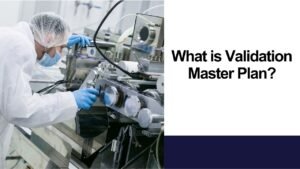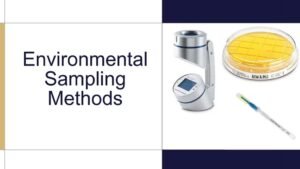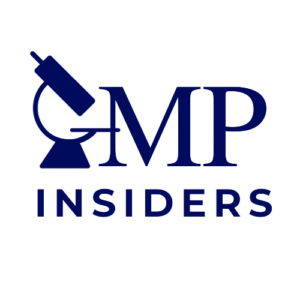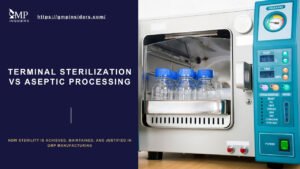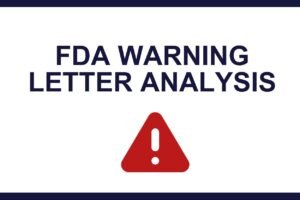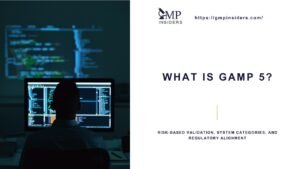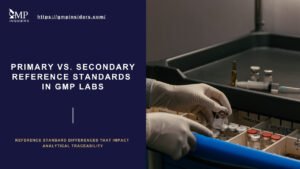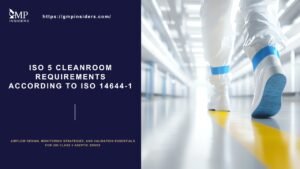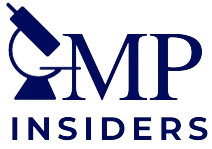Strict control over manufacturing processes is required to ensure pharmaceutical products’ safety, efficacy, and quality. Contamination, cross-contamination, and mix-ups are among the most critical challenges, posing serious risks to patient health and regulatory compliance.
Contamination involves unintended foreign substances, cross-contamination results from the unintentional handling and transfer of materials, and mix-ups stem from labeling, handling, or processing errors.
This article explores the different types of contamination, their causes, and impact on pharmaceutical manufacturing. We will also examine the key factors leading to cross-contamination and mix-ups, as well as best practices and prevention strategies to ensure product integrity and compliance with GMP regulations.
Comparing Contamination, Cross-Contamination, and Mix-Ups
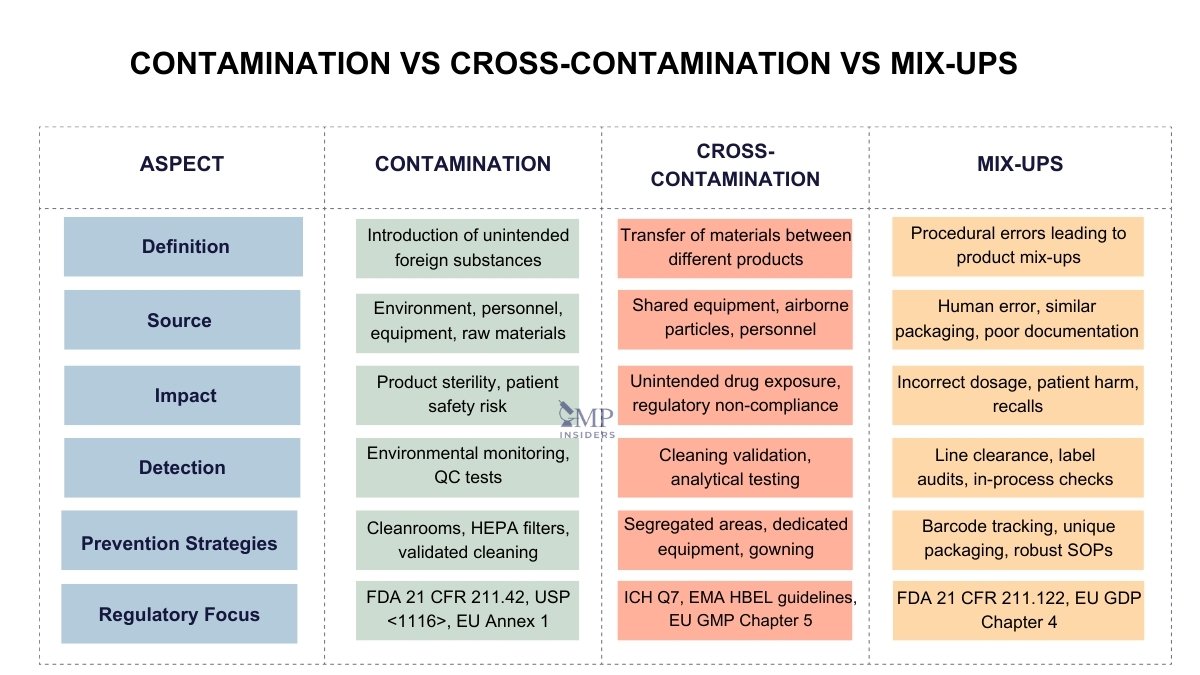
The table below highlights the key differences between contamination, cross-contamination, and mix-ups, including their causes, consequences, and prevention strategies.
Contamination in Pharmaceuticals
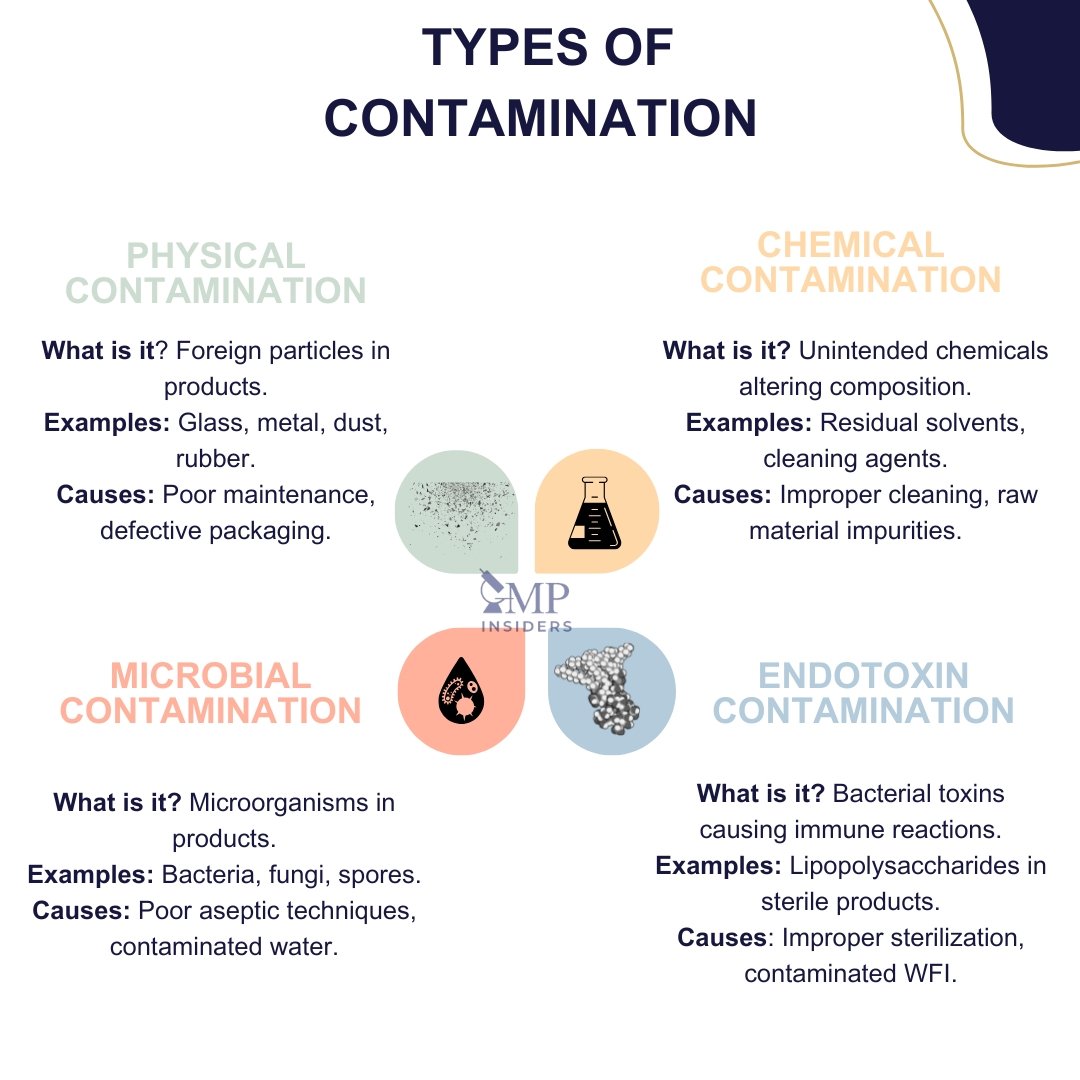
Contamination in pharmaceuticals refers to the unintended presence of foreign substances in a product, which can compromise its integrity. Contaminants may come from various sources, including the environment, raw materials, manufacturing processes, personnel, or packaging.
Contamination in pharmaceutical manufacturing is typically classified into four main types:
- Physical Contamination – The presence of extraneous objects or particles in a drug product.
- Examples: Glass shards, metal fragments, dust, fibers, rubber particles from gaskets, or pieces of plastic.
- Causes: Poor equipment maintenance, improper handling, or defective packaging.
- Chemical Contamination – The unintentional introduction of chemicals that alter the product’s composition.
- Examples: Residual solvents, cleaning agents, lubricants, or interaction with degraded raw materials.
- Causes: Improper cleaning validation, raw material impurities, or incorrect handling of reactive substances.
- Microbial Contamination – The presence of bacteria, fungi, viruses, or endotoxins that can compromise sterility.
- Examples: Bacterial spores, mold, yeast, and pyrogens in injectable products.
- Causes: Poor aseptic techniques, unfiltered air, contaminated water systems, or improper disinfection procedures.
- Endotoxin/Pyrogen Contamination – The presence of toxic substances released by bacteria, particularly Gram-negative bacteria, can cause severe immune reactions in patients.
- Examples: Lipopolysaccharides (LPS) in injectable products or intravenous solutions.
- Causes: Improper sterilization, contaminated raw materials, or compromised water-for-injection (WFI) systems.
SEE ALSO: Mold Contamination in Cleanrooms
Impact
The consequences of contamination in pharmaceutical manufacturing extend far beyond regulatory compliance, posing significant risks to patient safety, business operations, and financial stability. Key impacts include:
- Patient Safety: Sepsis from microbial contamination and toxicity from chemical residues.
- Regulatory Action: FDA 483 observations, EU Non-Compliance Reports, or product seizures.
- Financial Loss: Recall costs (averaging $10M per incident) and reputational damage.
Prevention Strategies for Contamination
To address these risks, prevention strategies must be robust and multifaceted, incorporating controls at every stage of the manufacturing process. These strategies include:
- Environmental Controls:
- ISO-classified cleanrooms (Grade A/B for sterile products).
- Unidirectional airflow and HEPA filtration to minimize airborne particulates.
- Process Controls:
- Sterilization-in-place (SIP) and autoclaving of equipment.
- Real-time viable particulate monitoring.
- Material Controls:
- USP/EP-compliant raw materials with Certificates of Analysis (CoA).
- Single-use systems to eliminate reusable equipment risks.
Regulatory References regarding Contamination
Adhering to global regulatory standards ensures that contamination risks are effectively managed, safeguarding product quality and patient safety. Relevant guidelines include:
FDA (USA)
- 21 CFR 211.113: Requires procedures to prevent microbiological contamination of sterile products.
- 21 CFR 211.42: Mandates facility design to prevent contamination, including air filtration and pressure differentials.
- FDA Guidance for Industry: Sterile Drug Products Produced by Aseptic Processing (2004):
- Emphasizes environmental monitoring (viable and non-viable particles).
- Recommends isolators and RABS for sterile manufacturing.
USP
- USP <1116>: Guides microbiological control and monitoring of aseptic processing environments, emphasizing the importance of maintaining contamination control in cleanrooms.
EMA (Europe)
- EU GMP Annex 1 (2022):
- Introduces the concept of a Contamination Control Strategy (CCS).
- Requires risk-based approaches for environmental monitoring.
- Sets stringent limits for airborne particles and microbial contamination in cleanrooms.
- EU GMP Chapter 3: Focuses on premises and equipment design to minimize contamination risks.
What is Cross-Contamination?
Cross-contamination occurs when traces of one product, material, or substance unintentionally transfer to another during manufacturing. This differs from general contamination, which involves the introduction of foreign or external impurities such as dust, microbes, or chemicals.
Cross-contamination results explicitly from direct or indirect exposure to other pharmaceutical ingredients, residues, or airborne particles within the production facility.
Causes of Cross-Contamination in Drug Production
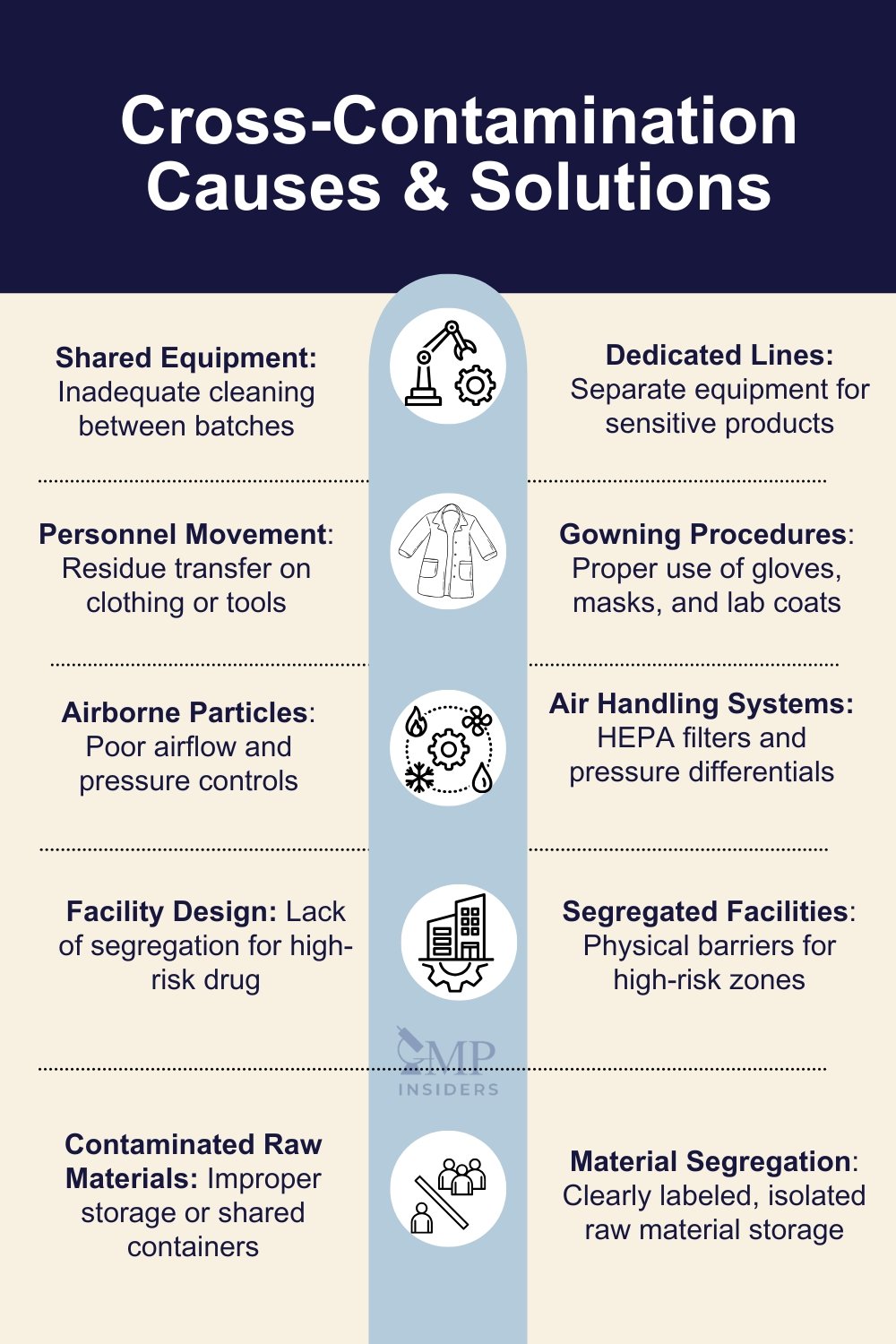
Cross-contamination can occur at various stages of pharmaceutical manufacturing, including material handling, processing, packaging, and even during storage. The primary causes include:
Airborne Transfer of Powders and Particles
Many pharmaceutical ingredients exist in powdered or fine particulate form, making them prone to dispersion in the air. If air filtration and pressure differentials are not properly controlled, airborne particles from one product may settle on another, leading to unintended exposure.
- Example: A facility manufacturing both hormonal drugs and antibiotics must prevent fine powder residues from one area contaminating another product via ventilation systems.
Shared Equipment and Improper Cleaning Procedures
If the same machinery is used to manufacture multiple products without thorough cleaning validation, residues from one product can remain and contaminate the next batch.
Inadequate cleaning of tools, utensils, and manufacturing surfaces can also contribute to cross-contamination.
- Example: If an anticoagulant drug is manufactured on the same equipment as a pain reliever without proper cleaning in between, traces of the anticoagulant could contaminate the pain reliever, posing a serious risk to patients.
SEE MORE: Cleaning Validation
Poor Facility Design and Layout
Facilities manufacturing multiple products should have segregated areas for different formulations, especially for high-risk drugs such as antibiotics, cytotoxic drugs, and hormones.
- Example: A facility producing penicillin-based antibiotics should have separate manufacturing suites to prevent cross-contamination of non-penicillin drugs, as even tiny traces can cause severe allergic reactions in sensitive patients.
Cross-Contamination Through Personnel Movement
Operators and technicians moving between different production areas can inadvertently carry residues of one product on their clothing, gloves, or tools.
- Example: A worker handling potent oncology drugs moving into a general tablet production area without changing protective clothing could transfer hazardous residues.
Inadequate Gowning and Personal Hygiene
Personnel not following proper gowning and hygiene protocols can contribute to cross-contamination.
Lack of protective barriers (e.g., gloves, face masks, and dedicated lab coats) can result in unintentional product exposure.
- Example: An operator with API (Active Pharmaceutical Ingredient) traces on their hands could transfer it to another product when handling packaging materials.
Contaminated Raw Materials and Excipients
Cross-contamination can occur if raw materials are stored or transported incorrectly, allowing trace residues from one ingredient to mix with another.
- Example: Bulk pharmaceutical powders transported in shared containers without proper decontamination can introduce cross-contamination at the raw material stage.
Inadequate Material Flow and Storage
If raw materials, in-process drugs, or finished products are stored close together without proper segregation, there is a risk of cross-contamination.
- Example: If an antibiotic powder is stored near an oral contraceptive, airborne transfer can lead to contamination, impacting both products’ efficacy and safety.
Strategies to Prevent Cross-Contamination
A well-thought-out facility design is fundamental in preventing contamination and cross-contamination. Key considerations include:
Facility Design
- Dedicated production suites for penicillins, cephalosporins, and cytotoxics.
- Physical barriers (airlocks, segregated HVAC systems).
Cleaning Validation
- Establish Acceptable Carryover Limits (ACL) based on health-based exposure limits (HBEL).
- Swab testing and rinse sampling for residue detection.
Procedural Controls
- Closed processing systems (e.g., isolators, RABS).
- Gowning procedures with color-coded uniforms for different zones.
RELATED: Rabs vs Isolators
Regulatory References regarding Cross-Contamination
Adherence to regulatory guidelines ensures that prevention strategies meet industry standards. Relevant regulations include:
FDA (USA)
- 21 CFR 211.42(c): Requires separate or defined areas to prevent contamination or mix-ups.
- FDA Guidance for Industry: Non-Penicillin Beta-Lactam Drugs (2013):
- Recommends dedicated facilities for beta-lactam production.
- Highlights the need for cleaning validation and residue limits.
EMA (Europe)
- EMA Guideline on Setting Health-Based Exposure Limits (2014):
- Introduces HBELs for cross-contamination risk assessment.
- Requires cleaning validation based on HBELs for shared facilities.
- EU GMP Chapter 5:
- Mandates dedicated facilities for certain products (e.g., penicillins, biologics).
- Requires campaign production and validated cleaning procedures for multi-product facilities.
ICH
- ICH Q7 (GMP for Active Pharmaceutical Ingredients):
- Requires dedicated equipment or validated cleaning for APIs with high toxicity or sensitizing potential.
Mix-Ups in Pharmaceutical Manufacturing
A mix-up in pharmaceutical manufacturing occurs when materials, components, labeling, or final products are mistakenly interchanged during production.
Unlike contamination, which involves unwanted foreign substances, mix-ups involve identification, processing, or labeling errors. These errors can result in patients receiving the wrong medication, incorrect dosages, or improperly packaged drugs.
Risk Factors Leading to Mix-Ups
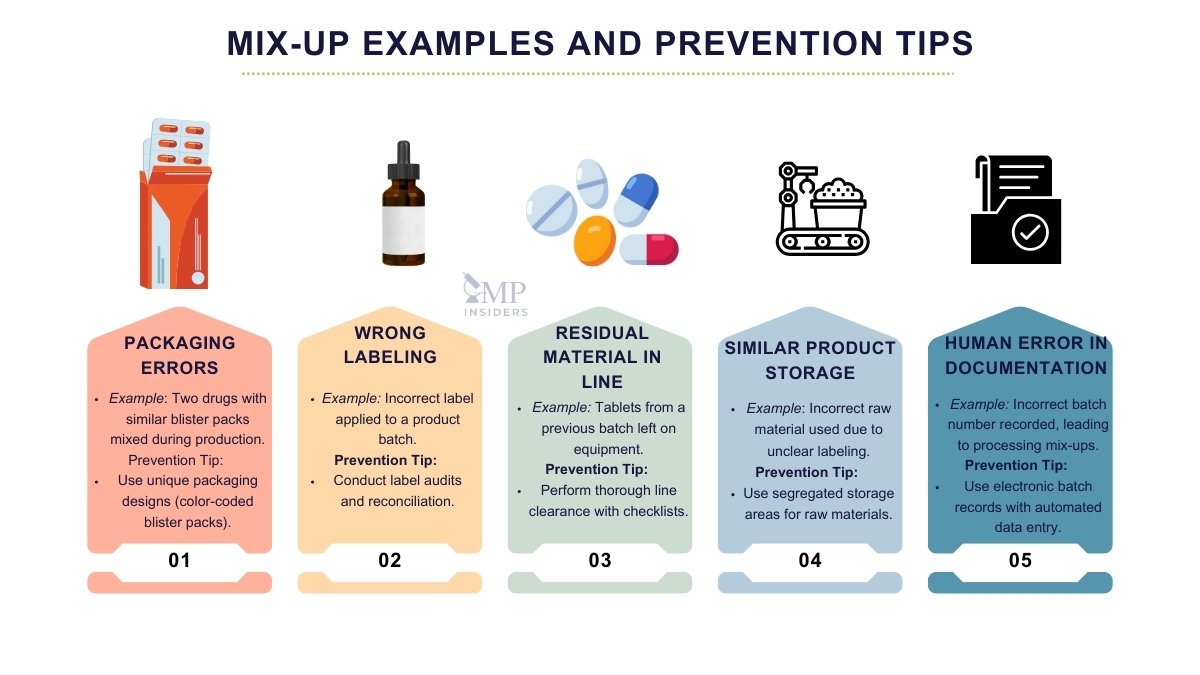
Mix-ups can occur at various manufacturing stages, including raw material handling, production, packaging, labeling, and distribution. Some of the most common causes include:
Human Error
One of the most frequent causes of mix-ups is the misidentification of materials or products due to operator mistakes.
- Examples:
- An operator mistakenly selects the wrong active ingredient for a formulation.
- A batch number is misread, leading to incorrect product processing.
Similar Packaging and Labeling
Pharmaceutical products often have similar-looking packaging, making it easy for employees to confuse different medications during labeling or distribution.
- Examples:
- Two drugs with similar blister pack designs are mixed up, leading to patients receiving the wrong medication.
- A painkiller and an anti-inflammatory drug are packaged in nearly identical bottles, causing pharmacy staff to distribute the incorrect one.
Inadequate Line Clearance Procedures
Line clearance ensures that no residual materials from a previous batch remain on production lines. If not properly implemented, remnants from a different drug may get mixed into a new batch.
- Examples:
- Leftover labels from a previous batch are mistakenly applied to a new product.
- Residual tablets from a different drug batch are not removed, leading to intermixing.
Poor Documentation and Record Keeping
Incorrect recording of batch numbers, expiration dates, or raw material usage can result in product mix-ups.
- Examples:
- A warehouse worker records the wrong lot number, leading to incorrect raw material usage.
- An operator follows an outdated batch manufacturing record, resulting in formulation errors.
Unclear Storage and Material Handling
Mix-ups can occur if raw materials, in-process products, or final products are stored too closely together or incorrectly labeled.
- Examples:
- A container of 100 mg tablets is stored next to a batch of 50 mg tablets, leading to incorrect packaging.
- Two different APIs are stored in similar drums without clear labeling, leading to an ingredient mix-up.
Strategies to Prevent Mix-Ups
Leveraging advanced digital systems enhances traceability and compliance throughout the manufacturing process. Key approaches include:
- Digital Systems:
- Barcode/RFID tracking from raw materials to finished products.
- Electronic Batch Records (EBR) with audit trails (21 CFR Part 11 compliance).
- Procedural Rigor:
- First-in, first-out (FIFO) inventory management.
- Two-person verification for critical steps (e.g., line clearance, labeling).
- Design Controls:
- Unique packaging shapes/colors to differentiate products.
- 2D barcodes with tamper-evident seals.
Regulatory Guidelines Regarding Mix-Ups
Adherence to regulatory guidelines is crucial in implementing effective prevention strategies. Key regulations include:
FDA (USA)
- 21 CFR 211.122: Requires procedures to prevent labeling mix-ups.
- 21 CFR 211.125: Mandates label issuance, reconciliation, and destruction practices.
EMA (Europe)
- EU GMP Chapter 4:
- Requires written procedures to prevent mix-ups during production and packaging.
- Emphasizes line clearance and reconciliation of materials.
- EU Good Distribution Practice (GDP):
- Sets standards for the proper distribution of medicinal products for human use, ensuring that the quality and integrity of products are maintained throughout the supply chain.
FAQ
Can Contamination and Cross-Contamination Occur Simultaneously?
Yes. For example, if a contaminated surface is used in manufacturing, it can introduce contamination and cross-contaminate subsequent batches.
Is a Mix-up Considered a Form of Contamination?
No, mix-ups are procedural errors, whereas contamination involves unwanted substances. However, a mix-up (e.g., incorrect cleaning agents) can lead to contamination.
What Is a “Contamination Control Strategy” Under EU Annex 1?
A CCS is a holistic plan combining risk assessment, facility design, monitoring, and procedures to minimize contamination risks. It requires annual reviews.
How Does Air Handling Impact Contamination vs. Cross-Contamination?
Poor air filtration can introduce contaminants from the environment, while incorrect airflow can spread contaminants between production lines, leading to cross-contamination.
How Do I Handle Cross-Contamination Risks in Multi-Purpose Facilities?
Conduct a risk assessment per ICH Q9. Use closed systems, campaign scheduling, and HBEL-based cleaning limits.
Conclusion
Contamination, cross-contamination, and mix-ups are serious threats in pharmaceutical manufacturing that can compromise product quality, patient safety, and regulatory compliance. While contamination introduces external impurities, cross-contamination involves unintended transfer between products, and mix-ups result from errors in identification and processing.
A comprehensive approach—incorporating GMP compliance, effective facility design, personnel training, validated cleaning procedures, and stringent quality controls—is essential for mitigating these risks.

